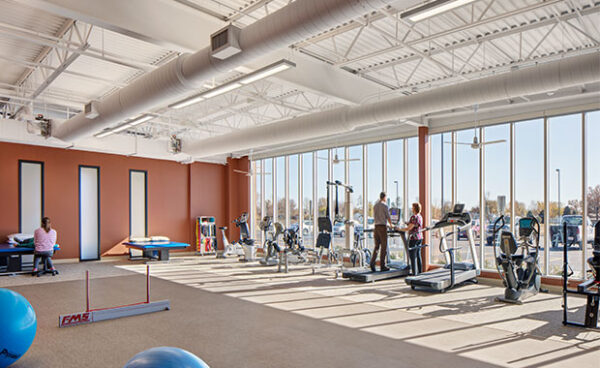Rehabilitation is a conception that is substantially bandied about encyclopedically. That is in no way unanticipated considering that over one thousand million people live with some form of disability, accounting for over 15 percent of the world’s population. Likewise, in line with a current document, 2.41 billion international individuals live with situations that affect their capabilities in diurnal lifestyles and could profit from restoration services, which equates to 1 in 3 individuals taking recovery services at some stage in the path of their infection or harm.
The share of the worldwide populace over 60 will double in the coming 30 years, and the maturity of those individuals will remain with recurring situations, particularly non-communicable conditions. Those changing health and demographic tendencies that are contributing to rapid-fire global change will increase within the wide variety of humans passing decline in acting, appearing in vast unmet recuperation necessities. Critical of these unmet requirements are concentrated among the poorest and most susceptible populations in low- and middle-income nations and warfare-affected settings, which can be regularly ill-equipped to control those adding necessities for healing offerings.
In step with the sector fitness agency (WHO), recovery is one of the essential elements of standard health insurance (UHC), which features “the advent of proper health, the forestalling of situations, treatment, and palliative care.” Therefore, healing specialises in reaching functional independence in the conditioning of diurnal dwelling (ADL), participation in paintings, activities, and schooling, with individualities being appropriate to obtain significant locations in diurnal life. Effortlessly, restoration is important in achieving now not the most effective person fitness advantages, but a standard normal fitness issue that permits the structure of a healthy and functional global populace.
Rehabilitation is a generality that is drastically mooted encyclopedically. That is in no way surprising due to the fact that over a thousand million human beings live with some form of disability, accounting for over 15 percent of the world’s population. Likewise, according to a current file, 2.41 billion individuals worldwide live with conditions that impact their functions in quotidian existence and might gain from rehabilitation services, which equates to one in three individuals taking rehabilitation services at some stage in the course of their infection or damage.
The share of the global populace over 60 will double within the coming 30 years, and the adult population of those people will live in habitual situations, particularly non-communicable ones. These changing health and demographic trends are contributing to the fast-heating of the global fireplace and will increase the quantity of human beings passing on, resulting in enormous unmet rehabilitation situations. A vital portion of those unmet conditions is focused amongst the poorest and most susceptible populations in low- and middle-income nations and war-affected settings that are continuously sick and ready to manage those conditions, including situations requiring rehabilitation services.
Consistent with the World Health Organization (WHO), rehabilitation is one of the vital elements of generic fitness insurance (UHC), which functions along the lines of “creation of appropriate fitness, prevention of situations, remedy, and palliative care.” For this reason, rehabilitation focuses on attaining useful independence in the exertion of daily living (ADL), participation in work, endeavor, and education, with individualities being appropriate to achieve significant locations in quotidian existence. Fluently, rehabilitation is important in achieving now not the most effective person fitness advantages, but a typical popular fitness issue that lets in the structure of a wholesome and useful international population.
Rehabilitation clinic is one of the core health techniques of the sector health organization, along with creation, forestallment, remedy, and palliative care. WHO defines recovery as
“a set of measures that help individuals who witness, or are likely to witness, disability gain and keep optimum functioning in commerce with their environment.”

